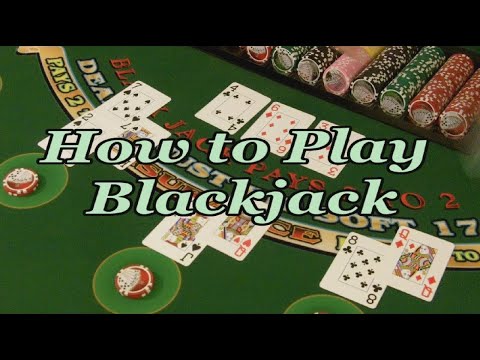Objective of the Game
In the game of Poker, the primary objective is to have the best hand possible compared to your opponents. This is achieved through a combination of skill, strategy, and a little bit of luck. Players aim to win chips by either having the highest-ranking hand or by bluffing to make others fold their cards.
Additionally, the objective of Poker also involves understanding your opponents’ behavior and making calculated decisions based on the cards you hold and the community cards on the table. By effectively gauging your competition and adjusting your gameplay accordingly, you can increase your chances of coming out on top in the game.
Setting Up the Game
Before beginning the game, ensure that all players are seated around a table with ample space to lay out the cards. Shuffle the deck thoroughly to mix up the cards before dealing them out. By shuffling the cards adequately, you prevent any patterns or predictability in the card distribution.
Create a clear and shared understanding of the rules among all players before starting the game. Ensure that each player has a good grasp of the game objective and the hierarchy of card values. This step helps to minimize confusion during gameplay and promotes a fair and enjoyable experience for all participants.
Understanding Card Values
To be successful in the game, it’s crucial to understand the values of the cards you are dealt. Each card holds a specific value that contributes to your overall hand strength. For example, in a standard deck of cards, numbered cards have a value equivalent to their number (e.g., a 2 of hearts = 2 points). Face cards like Kings, Queens, and Jacks hold a value of 10 points each.
Additionally, Aces can be both high and low, depending on the game rules and the player’s strategy. They can be valued at either 1 point or 11 points, making them a versatile and valuable card to have in your hand. By familiarizing yourself with the values of different cards, you can make strategic decisions that can ultimately lead you to victory in the game.
Dealing the Cards
To initiate the game, the dealer shuffles the deck thoroughly to ensure the cards are well mixed. Then, starting from their left, the dealer distributes the cards one by one to each player in a clockwise direction until all players have the required number of cards for that particular round.
Once all players have their cards, the dealer places the remaining deck in the center of the playing area. This deck will be used for drawing additional cards during the game. Each player should now have their hand of cards ready to play as the game progresses.
Making Decisions
Once the cards have been dealt, players must carefully assess their hand and make strategic decisions based on the game’s objective and their opponents’ moves. It is crucial to analyze the potential outcomes of each decision to determine the best course of action. Players may choose to hit, stand, double down, split, or surrender, depending on their hand and the dealer’s visible card.
Moreover, being observant of the dealer’s hand is essential in making informed decisions during gameplay. Understanding the dealer’s upcard can provide valuable insights into the likelihood of their hand busting or surpassing the player’s hand. This information can influence a player’s decision to hit or stand, ultimately impacting the outcome of the round. The ability to make well-considered decisions based on the available information is key to succeeding in the game of blackjack.















